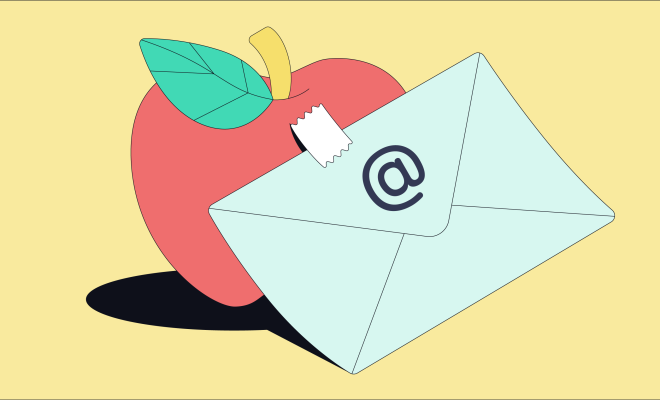How to Email Teachers

Students regularly interact with teachers, whether it’s at school or in online courses. Email is a vital communication medium that can often be overlooked or underestimated by students. Writing a professional and clear email to your teacher is essential for getting your questions answered and maintaining a good relationship. In this article, we will discuss how to properly email teachers to ensure your message is received effectively.
1. Use a professional email address: Before you even begin writing your email, make sure you are using a professional email address that includes your name. This will help the teacher recognize who is sending the email and show that you take the communication seriously.
2. Choose an appropriate subject line: The subject line should briefly and accurately describe the content of your email. Do not leave it blank or use generic phrases like “Question” or “Help.” Instead, be more specific, e.g., “Clarification on Today’s Chemistry Assignment” or “Request for Meeting.”
3. Address the teacher appropriately: Start your email by addressing the teacher professionally using their formal title (e.g., Mr., Mrs., Ms., Dr.) followed by their last name. Never use their first name unless they have explicitly asked you to do so.
4. Introduce yourself: If the teacher doesn’t already know you well, provide a brief introduction of who you are, such as your full name and the class they teach you in.
5. Keep it concise and focused: Get straight to the point with your question or request. Teachers receive many emails throughout the day and appreciate when students communicate their needs clearly and concisely. Avoid using slang or chat abbreviations, and always maintain a polite tone.
6. Be specific with your request: Do not expect the teacher to guess what you need help with or what information you are looking for; provide all relevant details so they can give you an accurate response.
7. Attach relevant files: If your email is related to an assignment or project, attach any necessary documents or links to help the teacher better understand your question or issue.
8. Offer gratitude and be polite: Always remember to thank the teacher for their time and efforts in helping you, and maintain a respectful tone throughout the email.
9. Proofread before sending: Double-check your message for grammatical errors, spelling mistakes, and proper formatting. This will help convey your professionalism and show that you have put effort into the communication.
10. Include a proper closing: End your email with a polite closing salutation, such as “Sincerely,” “Kind regards,” or “Thank you,” followed by your full name.
By incorporating these tips into your emails, you can effectively communicate your questions and concerns to teachers while maintaining professionalism and respect. This will not only help you get the information you need but also strengthen your relationship with teachers in the long run.






